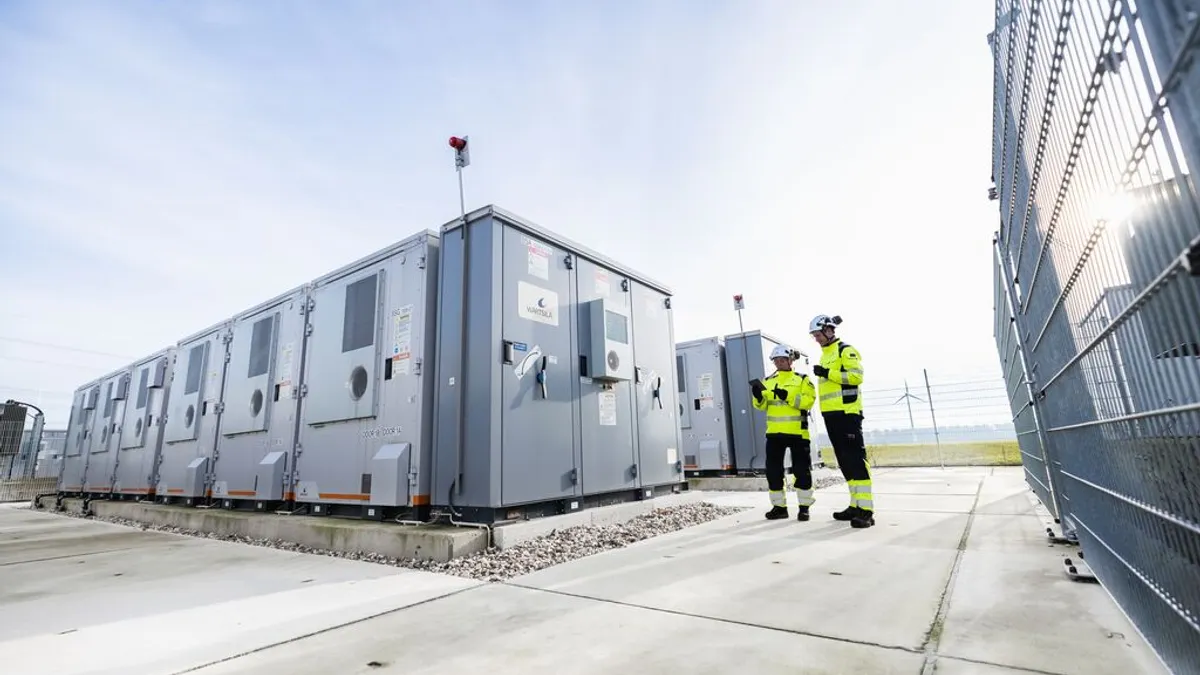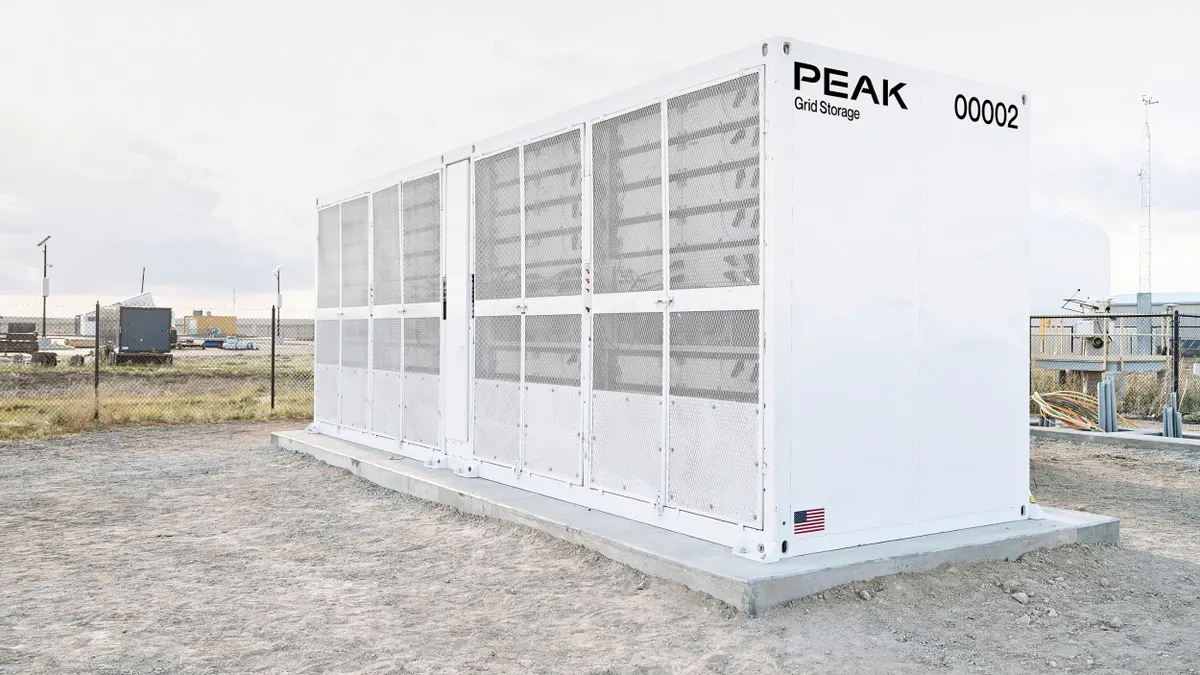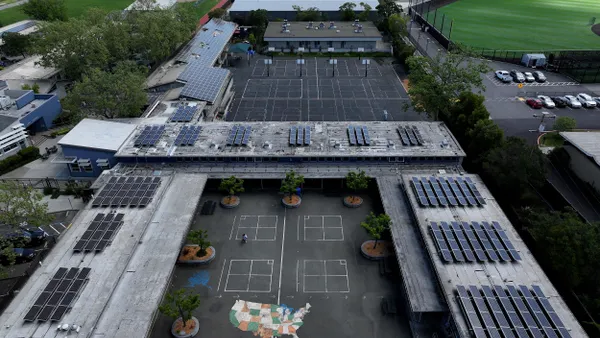In the energy storage industry, we often see a race to pack more megawatt-hours into the same enclosure. The strategy of more battery capacity in fewer boxes seems like it would be efficient and less costly. But in practice, it's a density trap.
On paper, higher nameplate energy density makes promises of increased energy throughput and cost savings. But those metrics don’t always translate to operational value once systems are deployed in the field. Think of a battery storage system’s density like a car fuel tank. The size of the gas tank is important, but without an accurate gauge, you can’t be certain how many miles you can drive. You may never use the full capacity of the tank if you’re unsure when you will hit empty.
The same is true of batteries. What matters isn’t simply how much energy you can store; it’s how much usable energy you know you have and can confidently, consistently deliver when it counts. That’s why usable energy is more critical than just energy density to generate revenue and support the grid.
Higher density doesn’t guarantee a competitive advantage
Asset owners often assume that higher energy density cells translate to fewer battery enclosures, smaller sites, and lower capital costs. In reality, that’s often not the case. Some ultra-dense units are too heavy or complex to transport easily, adding shipping and on-site integration challenges before the first kilowatt-hour is even dispatched. Combining multiple lower-weight, smaller units with those high density cells can complicate installation and raise integration costs.
And once the system is online, performance doesn’t always match expectations. If batteries can’t reliably discharge at full-rated power, asset owners may need to oversize their installations just to meet contractual or expected energy commitments, erasing any cost or site density advantage. In other words, density is just one factor, but by itself, it doesn’t guarantee an asset’s value.
Usable energy is the real metric that asset owners need to understand
An asset’s value comes from the energy you can dispatch with confidence. In capacity markets where bids are placed ahead of time, even small uncertainties can result in underbidding and lost revenue. A 100-MWh battery system owner may only bid 80 MWh to account for these uncertainties. That leaves 20 MWh effectively stranded — energy that has been paid for but can’t be monetized.
As asset owners bid thousands of megawatt-hours across Europe, Latin America, Australia, the U.S., and other key global markets, the time is ripe to assess their usable energy and mitigate asset uncertainty. Fortunately, the root causes of this uncertainty, including state-of-charge errors, cell imbalance, and degradation, are detectable and manageable with advanced, integrated hardware and software systems.
Advanced battery systems can more accurately predict changes in cell performance or imbalance at the BESS level, long before they cause derating. With predictive analytics and real-time monitoring, operators can proactively rebalance cells and preserve output, turning what used to be reactive maintenance into a revenue-protecting strategy.
Without integrated systems that monitor and manage these factors, asset owners either undercommit or overbuild — both of which reduce returns.
The questions asset owners should ask to get the most value over a battery’s 20-year lifespan:
- How much usable energy can my system deliver?
- How confident am I in bidding that energy into the market?
- How can I optimize the system and how do I make trade-offs between revenue today versus degradation over the lifetime of the system?
- What O&M cost increases may be a downstream effect of greater density?
Investing in solutions to these questions will drive revenue far more than chasing raw density numbers. To get a true read on usable energy, asset owners need a connected battery ecosystem.
Integrating a battery management system (BMS), power plant controller, analytics, and bidding software enables operators to balance cells, forecast performance, and submit bids that reflect actual capacity. This integration also keeps potential revenue on the table that could be lost by piecing together components from different vendors separately.
Focusing on density alone also misses the hidden cost of degradation to a battery system. Temperature and usage patterns can drive how quickly batteries lose capacity. Optimizing chiller operation, managing temperature profiles, and coordinating rest cycles for battery strings ensures that usable energy remains high over the system’s lifetime.
Winning the right race
Future tenders and performance contracts will reward battery systems that demonstrate usable, reliable energy over time.
Density may make a battery storage system look impressive on paper, but it’s like a car with a faulty gauge: it might look like you have a full tank, but once you’re on the road, you can’t be sure how far it will really take you. The true measure of value is usable energy that can be reliably forecasted, dispatched, and monetized.
Asset owners that focus on integrated systems, operational certainty, and lifetime optimization will unlock revenue and create long-term value. In the race to pack more megawatt-hours into boxes, usable energy will win over sheer density every time.










